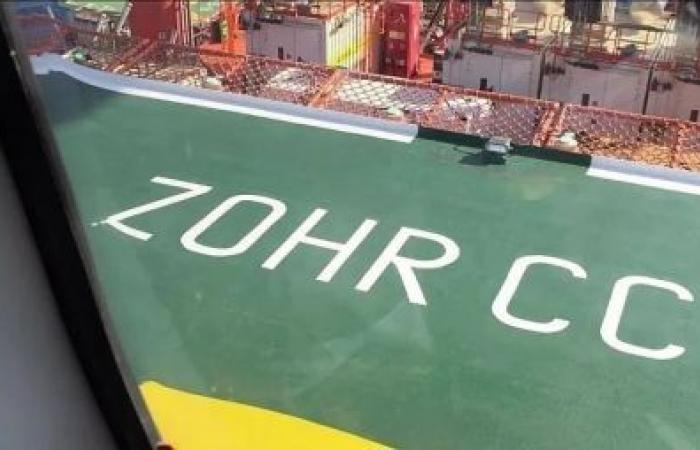(Ecofin Agency) – Egypt has been facing major gas supply challenges since production at the Zohr gas field declined. The state’s energy strategy now revolves around discovering new exploitable reserves.
British oil major BP announced on Monday, September 16, that it has identified a new natural gas reserve in Egypt. The discovery was made in the North Damietta Offshore concession, a site operated by the company and located in the eastern part of the Nile Delta, about 75 kilometers north of the city of Damietta.
According to information provided by BP Egypt, this result is the result of work carried out in this area of interest via the Salamat exploration well, drilled to a total depth of approximately 7,000 meters. This makes this well the deepest ever drilled in the Nile Delta.
Preliminary data from well logging, fluid sample analysis and pressure surveys confirm the presence of a hydrocarbon column of more than 180 metres in a reservoir of the Oligocene geological structure. However, further evaluation is considered necessary to accurately assess the field’s resources and determine the best development strategies.
“The options for developing autonomous infrastructure and connecting to the neighbouring infrastructure of Temsah are currently being assessed,” said Hesham Mekawi, regional president of BP Egypt.
The discovery of this new deposit comes as Egypt faces difficulties in terms of gas supply. For several months, the country has no longer been able to cover its gas needs alone as was the case since the self-sufficiency gained in 2018 thanks to the exploitation of the Zohr deposit, whose production continues to decline.
Abdel-Latif Boureima
Read also:
09/09/2024 – Egypt, soon to be a net importer of natural gas?
03/09/2024 – Egypt faces energy deficit






